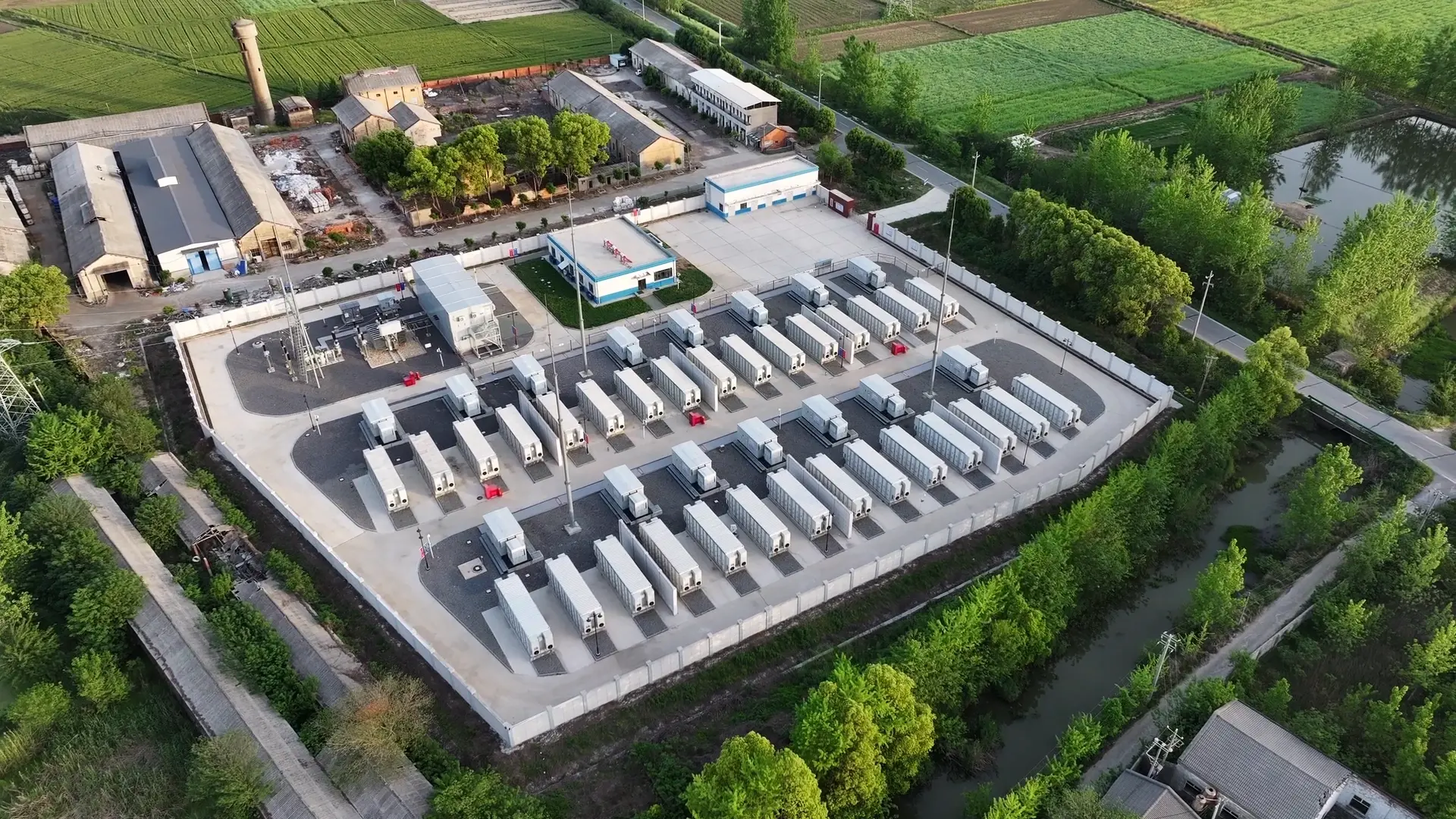In motive power applications, the performance and reliability of forklift batteries, golf cart batteries, and industrial vehicles batteries are critical to smooth operations. Operators often face challenges such as unexpected battery failures, uneven cell degradation, and reduced runtime, which can disrupt workflow and increase maintenance costs. A battery management system (BMS) provides an effective solution, ensuring that motive power batteries operate safely, efficiently, and reliably.
Understanding Battery Management Systems
A battery management system (BMS) is an electronic system designed to monitor and control all aspects of a battery’s performance. It continuously tracks parameters such as voltage, current, temperature, and the state of charge (SOC) of individual cells. By maintaining optimal operating conditions, a BMS prevents overcharging, deep discharging, and thermal imbalances, which are common causes of premature battery failure.
Modern BMS solutions go beyond basic safety measures. They provide detailed insights into battery health, usage patterns, and potential issues, enabling operators to make informed maintenance decisions. For batteries used in motive power applications, this level of control is essential to maximize performance and minimize unexpected downtime.
Do All Motive Power Batteries Require a BMS?
A common question in motive power applications is whether all batteries need a battery management system (BMS). The answer depends on the battery chemistry.
Lithium batteries are highly sensitive to overcharging, deep discharging, and temperature fluctuations. Without proper management, these issues can reduce battery life or even pose safety risks. For this reason, a BMS is essential in lithium motive power batteries. It monitors each cell’s voltage, current, and temperature, optimizes charging, and enables predictive maintenance to prevent unexpected failures.
Lead-acid batteries, on the other hand, are chemically more stable. Traditional lead-acid batteries often rely on simple charge controllers rather than a full BMS. While they can still benefit from monitoring, many applications do not require the sophisticated real-time management systems that lithium batteries need. That said, in high-performance or smart motive power setups, adding a BMS to lead-acid batteries can help track battery health, balance charge, and improve operational efficiency.
In summary, for lithium motive power batteries, BMS is critical for safety, performance, and longevity. For lead-acid batteries, BMS is optional, used mainly in advanced or high-demand applications.
Smart Monitoring for Predictive Maintenance
Traditional battery maintenance often follows fixed schedules, replacing or servicing batteries based on time or usage cycles. While this approach can prevent major failures, it is not always cost-effective and may lead to unnecessary maintenance or late detection of problems.
A smart Battery Management System (BMS) continuously monitors the condition of motive power batteries by using real-time data and predictive analytics. This means it constantly tracks important factors such as voltage, current, temperature, and the state of charge for each battery cell. By analyzing this data, the BMS can detect early signs of potential problems, such as cell degradation, imbalances, or unusual behavior, and alert operators before a failure occurs.
This predictive maintenance approach provides several key benefits:
1. Early fault detection
The BMS can identify weak or failing cells early, allowing operators to address issues before they lead to unexpected downtime.
2. Reduced maintenance costs
By replacing or servicing only the cells that need attention, unnecessary maintenance is avoided, saving time and money while also extending the overall battery life.
3. Optimized performance
The system ensures that all cells are charged and discharged in a balanced way, which keeps the battery operating efficiently and reliably.
4. Remote monitoring
Operators can check the battery’s status and access historical performance data from anywhere through cloud connectivity, making management more convenient and informed.
By combining data-driven insights with automated control, a BMS transforms traditional maintenance into a proactive and cost-efficient strategy.
Key Benefits of Battery Management Systems for Motive Power Batteries
By leveraging a smart BMS, operators can proactively manage battery health and performance. Our motive power batteries come equipped with advanced monitoring features to help you achieve these benefits.
Extended Battery Life
Accurate monitoring of SOC and state of health (SOH) helps maintain cells within safe operating ranges, reducing wear and prolonging overall battery lifespan. For example, our VFL series forklift lithium batteries incorporate smart BMS technology, enabling operators to monitor cell health in real time and reduce unplanned downtime.
Improved Safety
Real-time alerts for overvoltage, overcurrent, or high temperature conditions protect both the battery and the equipment it powers.
Enhanced Operational Efficiency
Smart BMS systems minimize unexpected downtime by predicting failures and enabling timely interventions.
Data-Driven Decision Making
Operators gain insights into battery performance trends, allowing for better planning of replacements and maintenance schedules.
Conclusion
A battery management system is no longer an optional accessory for motive power batteries—it is an essential tool for safe, efficient, and cost-effective operation. By providing real-time monitoring, predictive maintenance capabilities, and performance optimization, a BMS helps operators extend battery life, reduce downtime, and lower total cost of ownership.
For businesses relying on forklifts, golf carts, or other motive power vehicles, integrating a smart BMS means smarter operations, fewer unexpected disruptions, and a longer-lasting, more reliable battery fleet.
To experience the full benefits of smart battery management for your operations, explore our advanced BMS-enabled motive power battery solutions. Learn more about how our products can extend battery life, reduce downtime, and improve efficiency.




























 2025-10-10
2025-10-10 Name
Name Tel
Tel Email
Email Country
Country Company
Company Information
Information